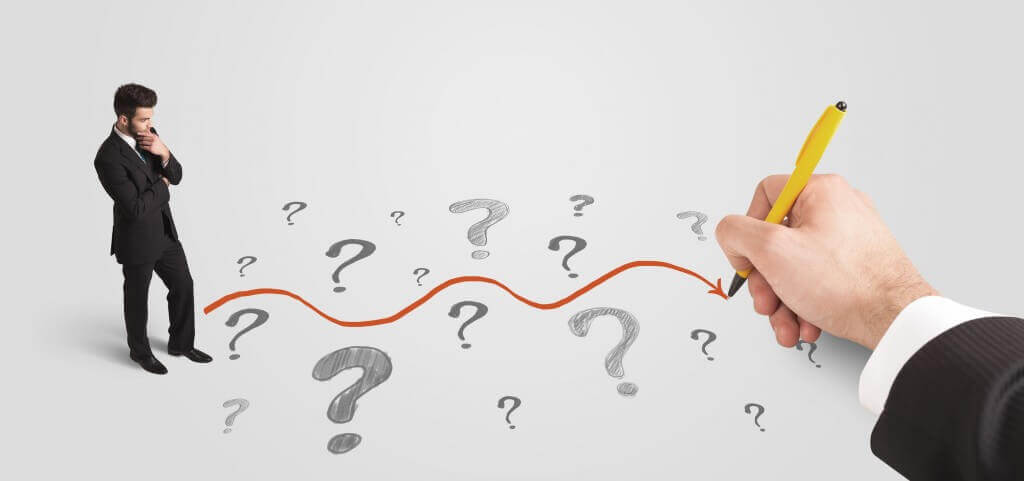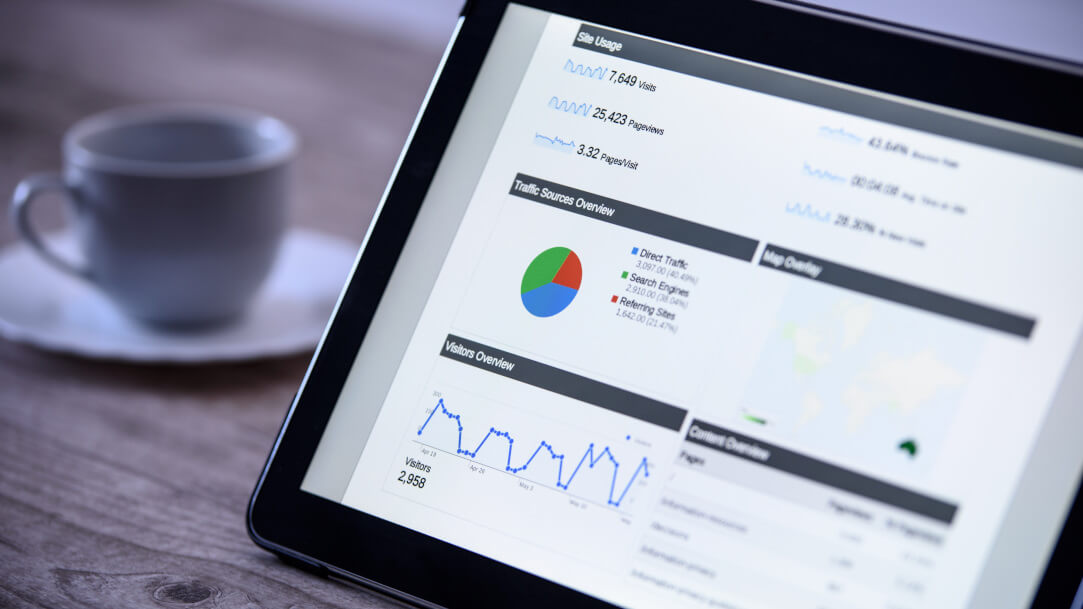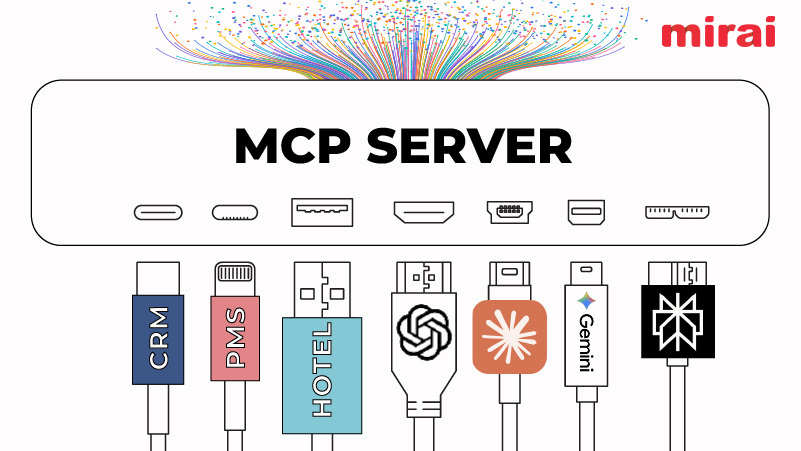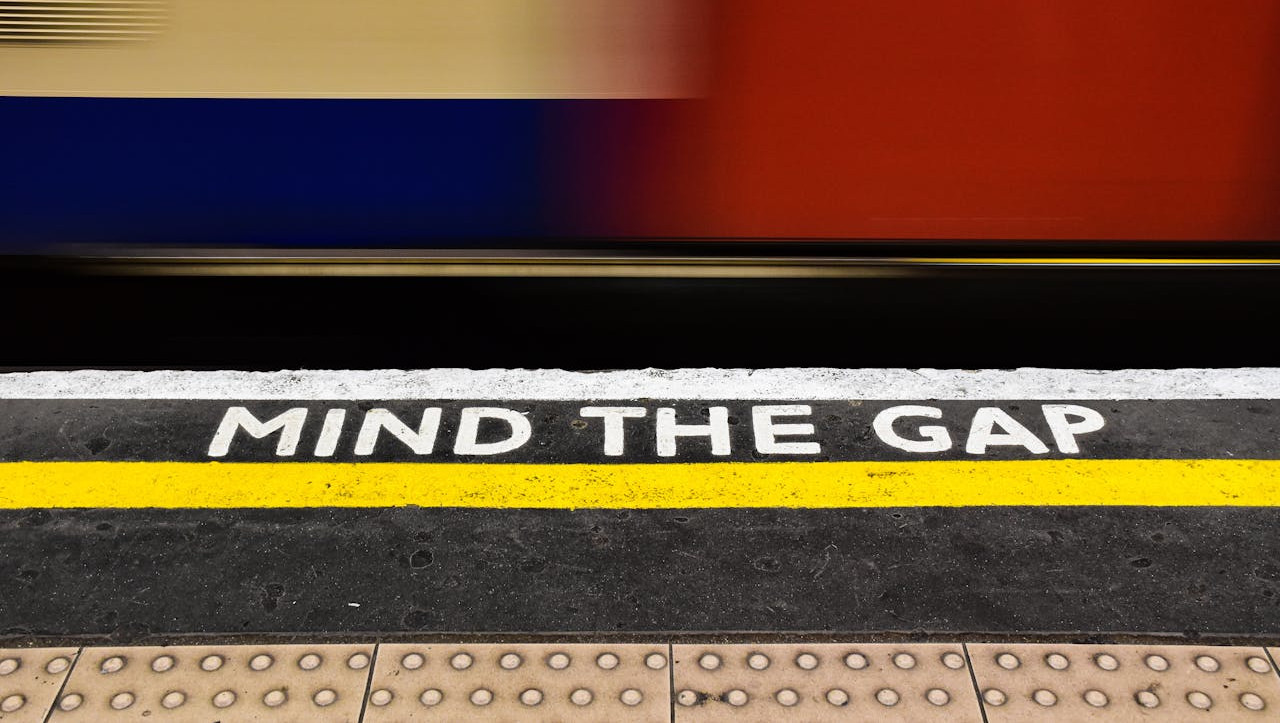
NB: This is an article from Sojern
The Call to Action (or CTA) is quite possibly the most important component of your hotel website or landing page—encouraging a potential guest to book with you, learn more, or get your latest deal. If guests aren’t inspired to click that CTA, they won’t end up staying, so, ensuring that your CTA is doing its job is of the utmost importance.
Our eBook dives into how to overcome a number of challenges for converting travelers, but here we’ll guide you through some top tips for crafting the perfect CTA for your property.
Crafting the Perfect Content
Generally speaking, your CTA should complete the sentence “I want to _________.” For example, “I want to book now,” “I want to get the package,” or “I want to learn more.”

The Mayfair Hotel, for example, features a section on their homepage that offers a sneak peek into their new rooms. The call to action is simple, (“Book Now”) but fitting—once potential guests have seen the room, they are inspired to book.
When crafting your CTA:
- Less is more, don’t make your CTA too long.
- Consider text that elicits a reaction. For example:
- Inspire FOMO (fear of missing out): “Book Now Before the Deal is Gone”
- Suggest Exclusivity: “Reserve Your Exclusive Package”
- Offer a hope for change: “Get Away from the Grind”
Don’t be afraid to test different CTAs. Updating your text every few months helps you see what your potential guests respond to and helps you craft even more targeted messaging.
Designing a Button the Get Clicks
It’s not text alone that creates a good CTA. You could have the most action-packed, inspirational text, but if it’s hidden on your website, it will never get clicks. Don’t just have a hyperlink as your CTA. Rather, you must design a button that gets clicks.
Use contrasting colors that are pleasing to the eye (e.g., not green and pink). Also, avoid grey for the text of the CTA as it’s associated with dead links.

Solage Calistoga’s CTA is front and center on the homepage. Because of its contrasting design and large, prominent position, it’s immediately clear how to book from their home page. Also, don’t use the same color in your CTA as the background—it gets lost. The light blue of Calistoga’s button stands out in contrast to the cream background color and draws the eyes to it.
Planning your Optimal Layout
You’ve got inspirational text and an engaging button, but where do you put it? Location is the third key to a CTA that converts.
Axiom Hotel does a great job optimizing the location of their CTA:

They only have one CTA on the page: CTAs that are layered on top of each other don’t perform well because visitors are overwhelmed when asked to do too much.
The CTA follows the user’s movements: Most people read from left to right, and from the top of the page to the bottom. The CTA (here on the bottom right hand of the screen) follows the natural path of the user’s eye movements on a website. First they read the description, and then, naturally, they look down, at which point they are called to action.
Read more articles from Sojern




